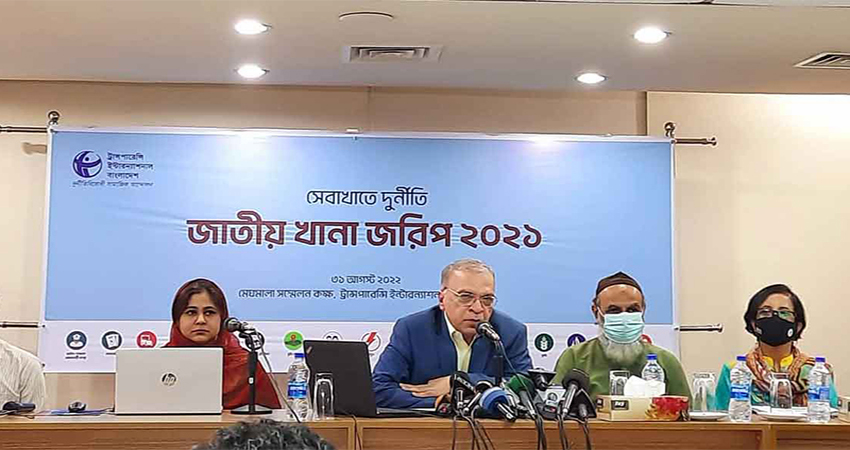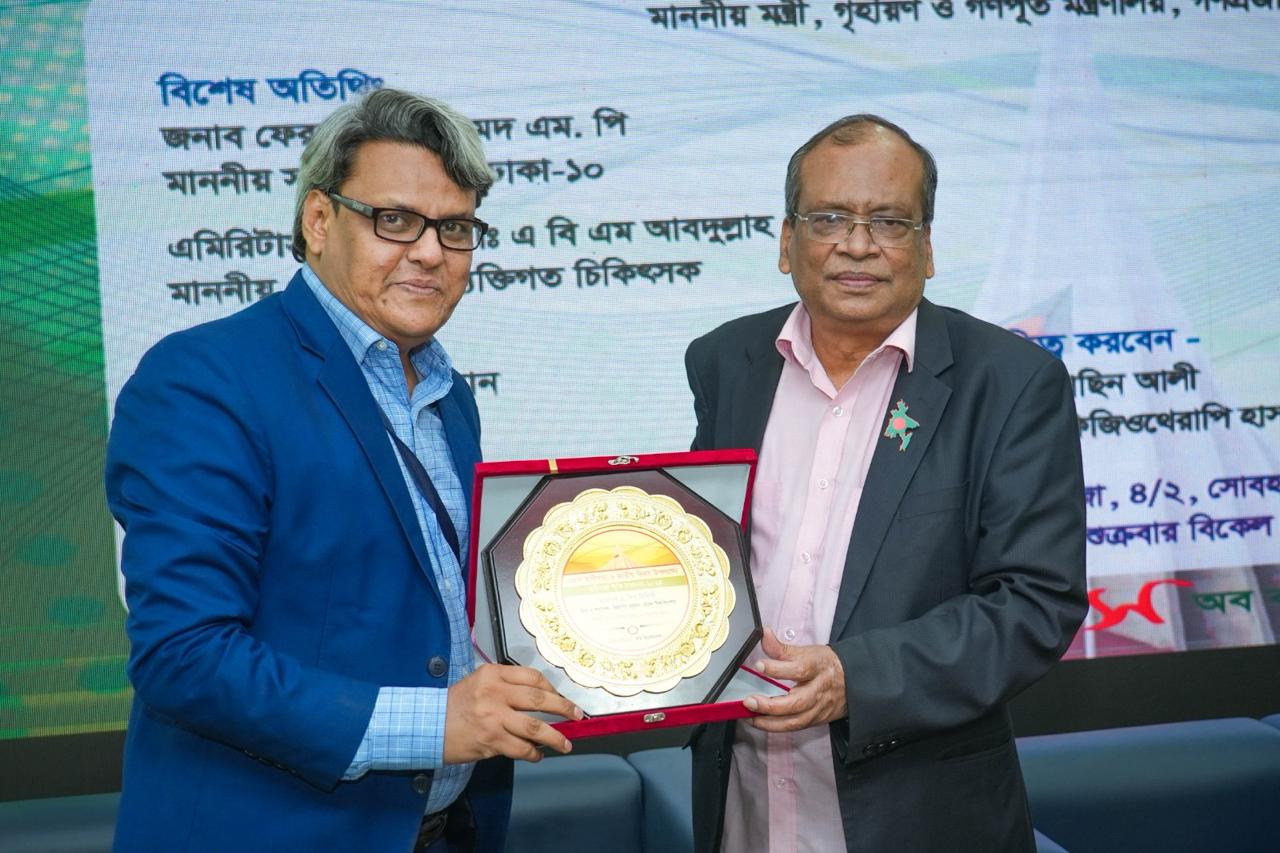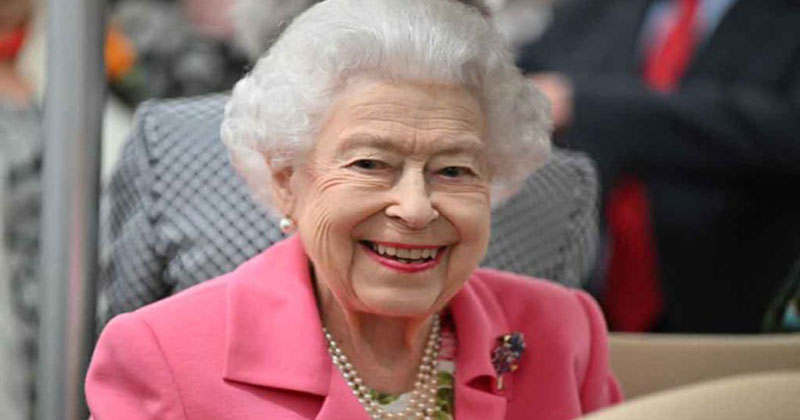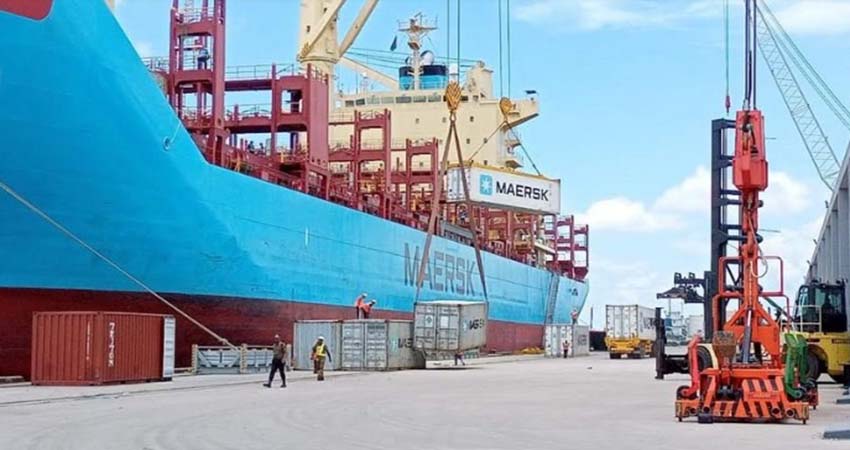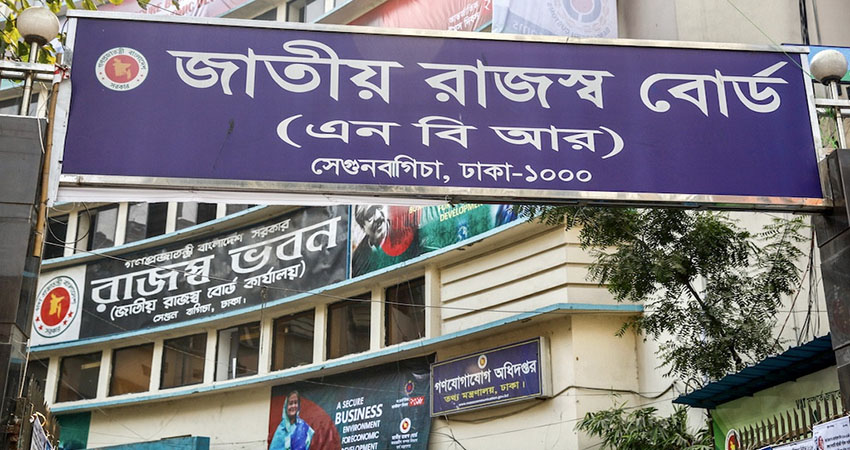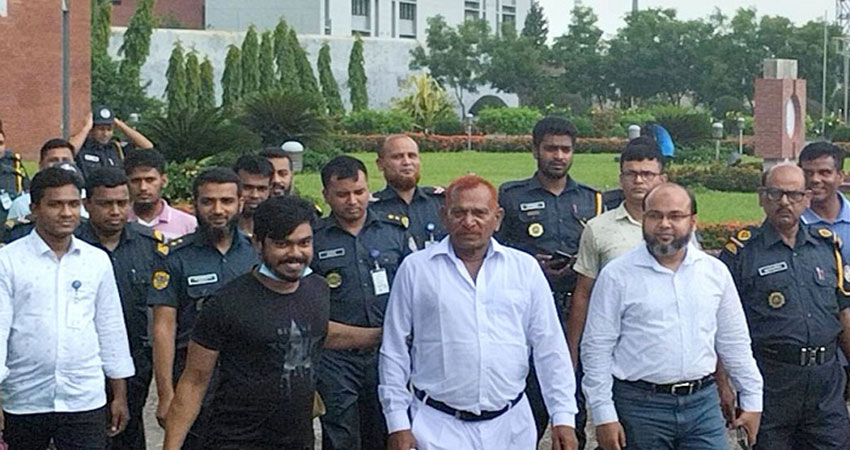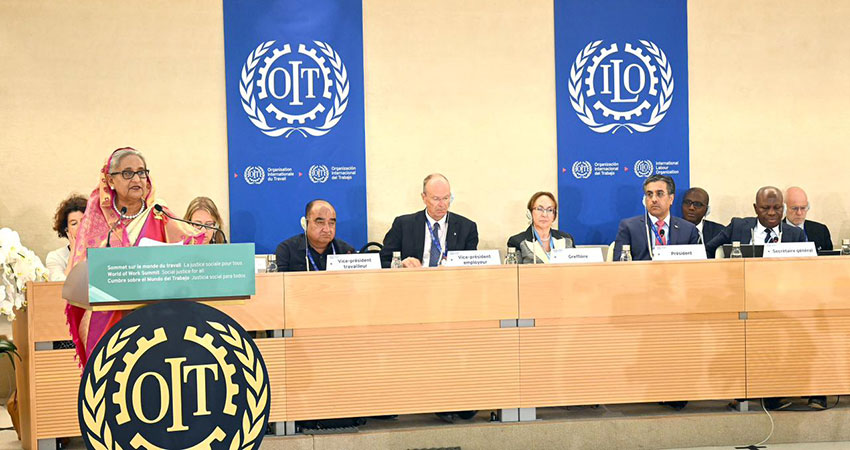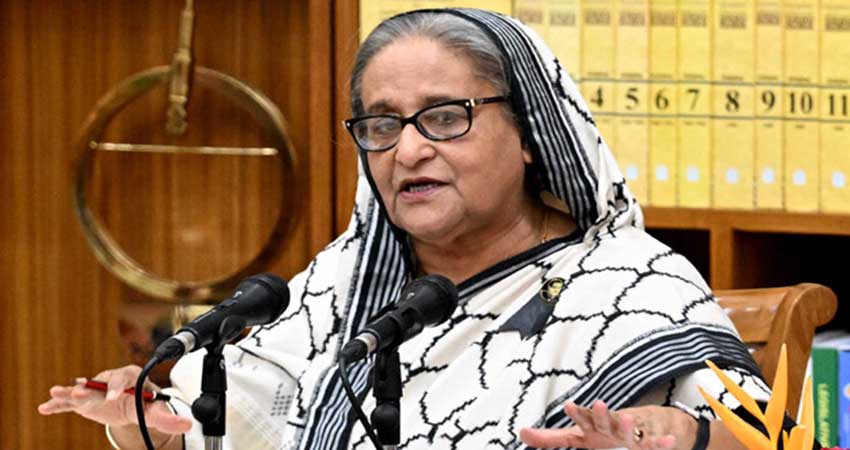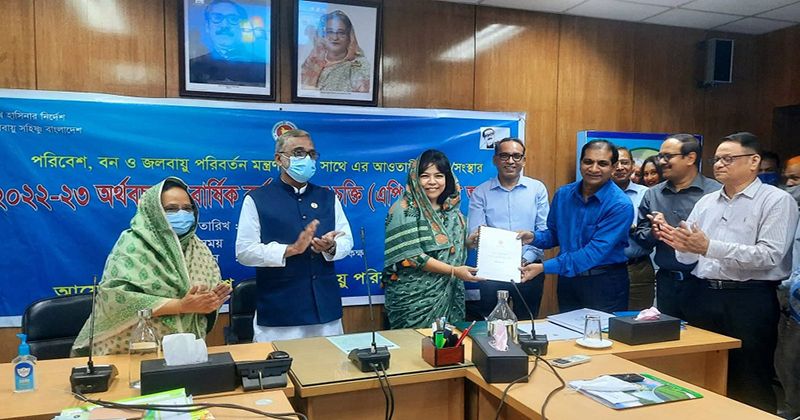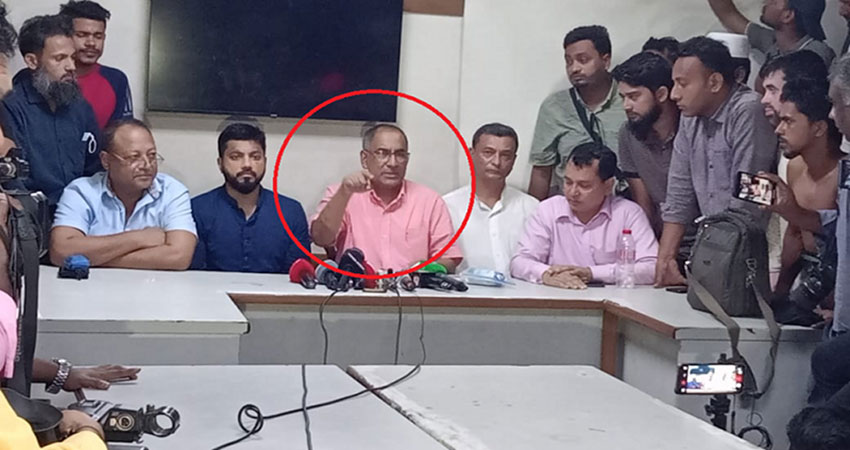Around 70.9% of Bangladesh households have had to pay bribes to get government services in various sectors, said a household survey of Transparency International Bangladesh (TIB) on Wednesday.
The survey, titled “Corruption in Service Sectors: National Household Survey 2021”, also revealed that the law enforcement agencies are the most corrupt service sector (74.4%) followed by the Department of Immigration and Passports (DIP) (70.5%) and Bangladesh Road Transport Authority (BRTA) (68.3%).
Other most corrupt services sectors include the judiciary (56.8%), health (48.75), local government institutions (46.6%) and land services (46.3%).
The survey report said the country’s overall bribery rate is 40.1%, with the top three sectors receiving bribes being passports, law enforcement agencies and BRTA.
Up to 72.1% of the victims of bribery mentioned “service not available without bribery” as the reason for paying bribes, which means that bribery continues to be institutionalized.
Every household, on average, has to pay a bribe of Tk6,636 annually and the three most bribe-taking sectors are insurance, judiciary and gas services, said the report.
The survey revealed that an amount of Tk10,830 crore was exchanged as bribes in the services sector during the survey period, from December 2020 to November 2021, which was 0.4% of the country's GDP in the fiscal year 2020-21 and 5.9% of the revised budget of the same financial year.
TIB has conducted nine National Household Surveys since 1997.
According to the survey, the rate of corruption in the service sectors has increased compared to 2017. In 2021, while the rate of corruption in the same sectors was found to be 70.8%, in 2017 this rate was 66.5%.
Compared to 2017, the rate of bribes or unauthorized payments decreased in 2021 but the amount of bribes increased.
Due to the government’s digitization process, corruption in some sectors remains the same (law enforcement agencies, passport, BRTA, etc) and has increased in some sectors (local government institutions, NGOs, insurance, etc).
In addition, compared to 2017, the rate of bribery increased in some sectors (local government institutions) and decreased in some sectors (agriculture, education and health) in 2021.
The survey shows that in 2021, incidents of bribery in the service sectors was higher in rural areas than in urban areas (36.6% vs. 46.5%).
The burden of corruption is higher on low-income households than on high-income households. Low-income households are forced to pay a higher proportion of their annual income in bribes than high-income households in order to receive services.
The survey result also shows that female service recipients were victims of corruption more than male service recipients in some sectors (health, local government institutions and other sectors).
On the other hand, male service recipients were victims of corruption more than women in certain sectors (education, public services).
In addition, service recipients aged 36 and above are relatively more victims of corruption compared to service recipients below 35 years.
The graft watchdog has put forward a 10-point recommendation based on the opinions of households which took part in the survey.
The recommendations include ensuring legal accountability for those involved in corruption, digitalization of all government services, implementing the code of conduct for service providers and wide publicity of the government’s Grievance Redress Mechanism (GRM).
Iftekharuzzaman, executive director of TIB, said this household survey does not have any connection with Transparency International’s Corruption Perception Index (CPI).
The global body does not use the findings from this survey and other research conducted by the TIB while preparing the CPI, he added.

